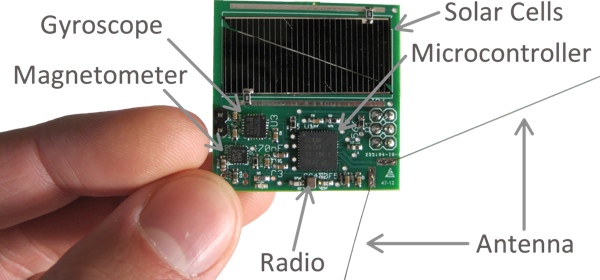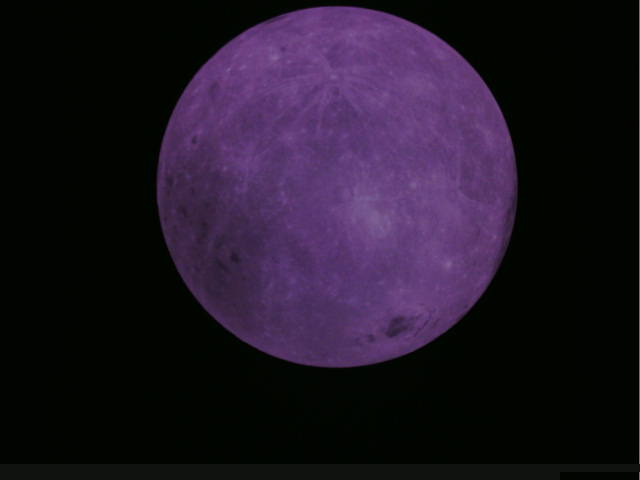Since the beginning of October, together with a group of people from the GNU Radio community, we are doing some experiments and tests remotely at Allen Telescope Array (ATA). This amazing opportunity forms part of the recent collaboration agreement between SETI Institute and GNU Radio. We are taking advantage of the fact that the ATA hardware is relatively unused on weekends, and putting it to good use for our experiments. One of the goal of these activities is to put in contact GNU Radio people and radio astronomy people, to learn from each other and discover what features of GNU Radio could benefit radio astronomy and SETI, particularly at the ATA.
I’m very grateful to Wael Farah, Alex Pollak, Steve Croft and Ellie White from ATA and SETI Institute for their support of this project and the very interesting conversations we’ve had, to Derek Kozel, who is Principal Investigator for GNU Radio at SETI, for organizing and supporting all this, and to the rest of my GNU Radio teammates for what’s being an excellent collaboration of ideas and sharing of resources.
From the work I’ve been doing at ATA, I already have several recordings and data, and also some studies and material that I’ll be publishing in the near future. Hopefully this post will be the first in a series of many.
Here I will speak about one of the first experiments I did at ATA, which is a recording of one Galileo GNSS satellite using two of the dishes from the array. This kind of recording can be used to perform interferometry. GNSS satellites are good test targets because they have strong wideband signals and their location is known precisely. The IQ recording described in this post is published as the dataset “Allen Telescope Array Galileo E31 RF recording with 2 antennas and 2 polarizations” in Zenodo.



